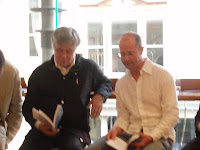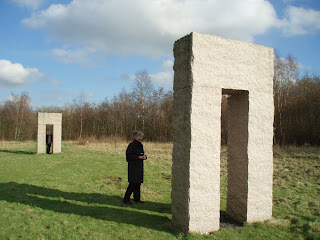
Merry Christmas everyone.







Philip Davenport has a second reading on 21 February 1pm at Adelphi House, Salford University
a Compendious Book on Guernica reruns in a place Urim and Thummim chose to transform every figure A cheap breastplate as random as desul...